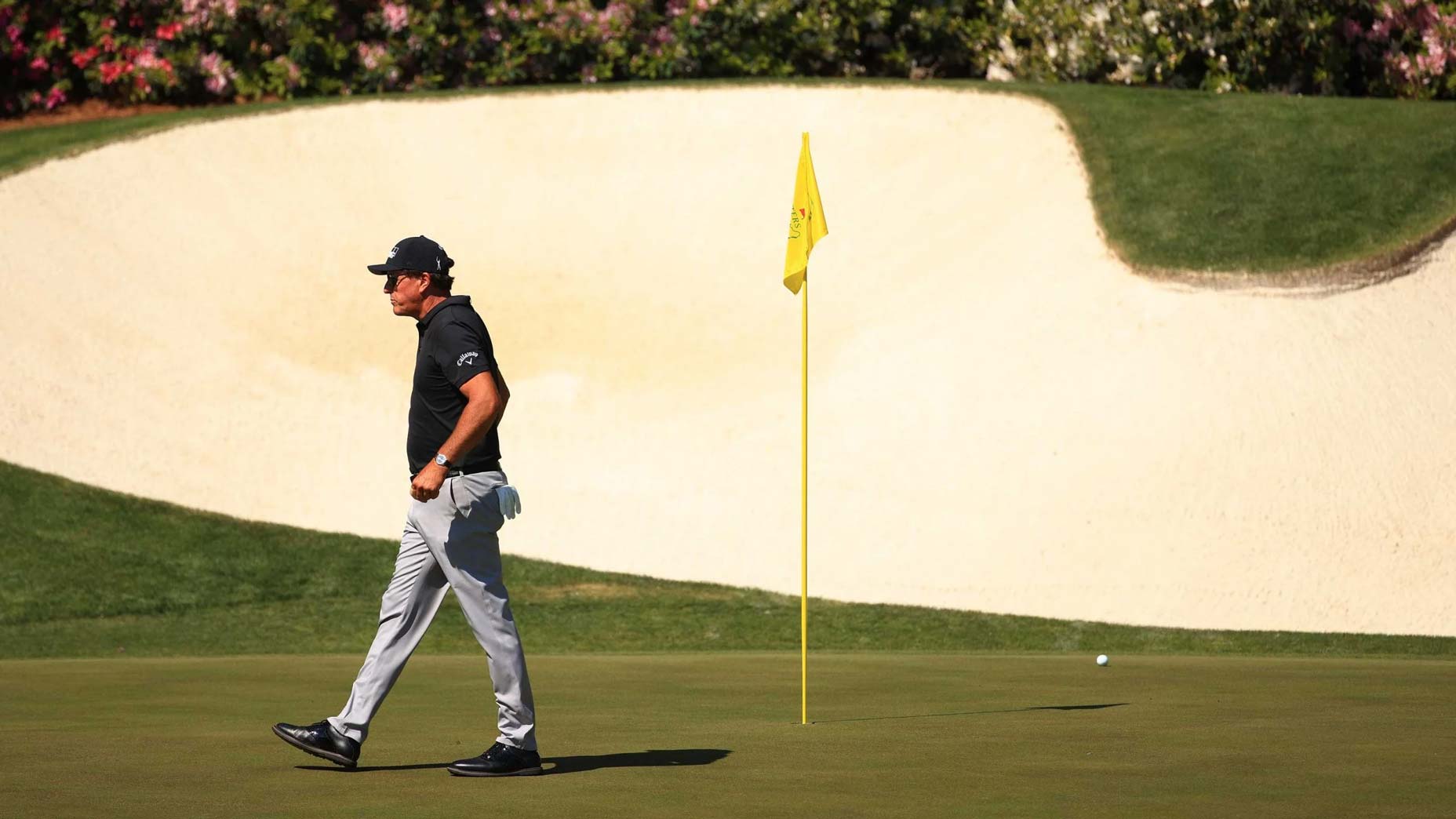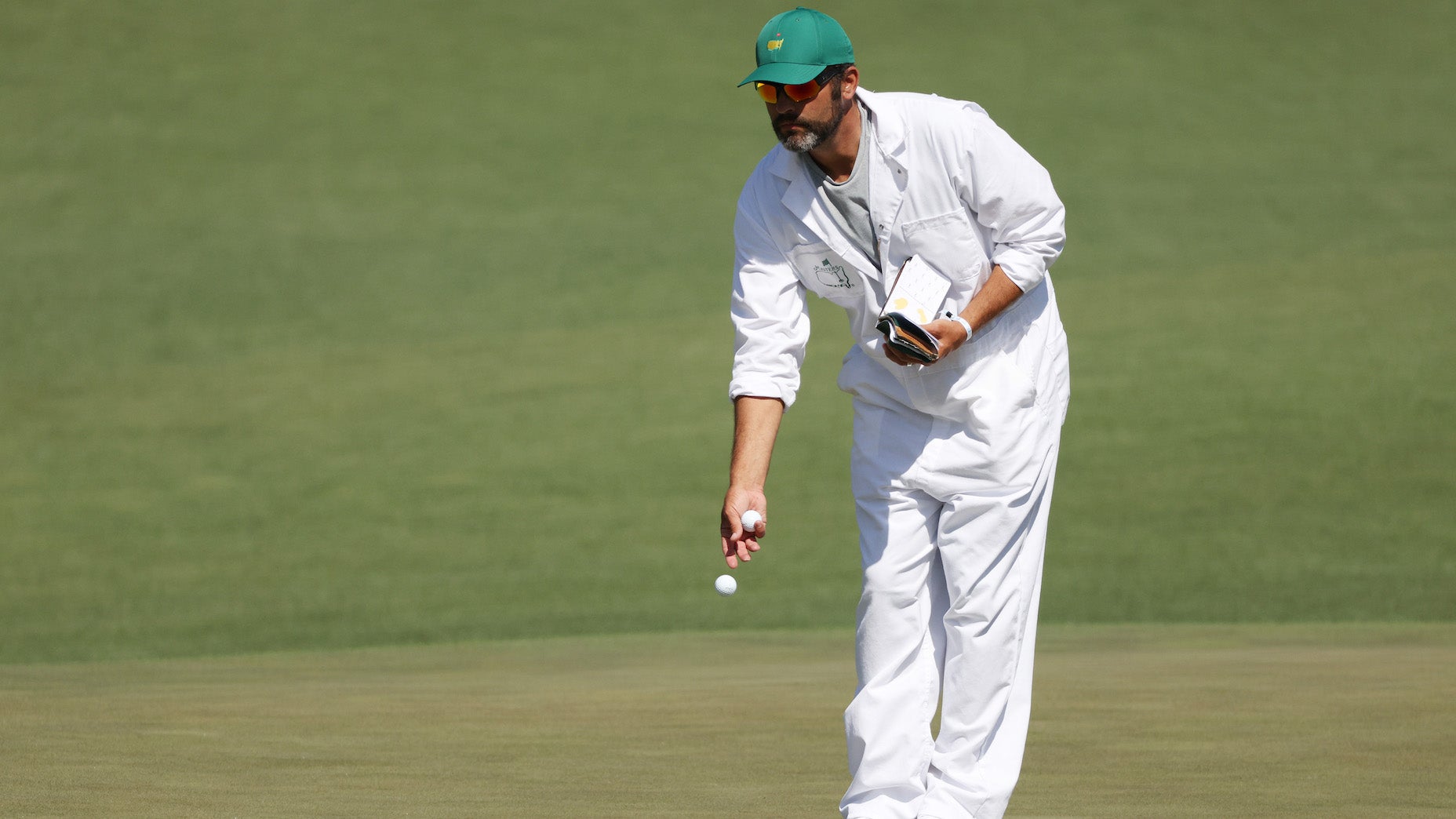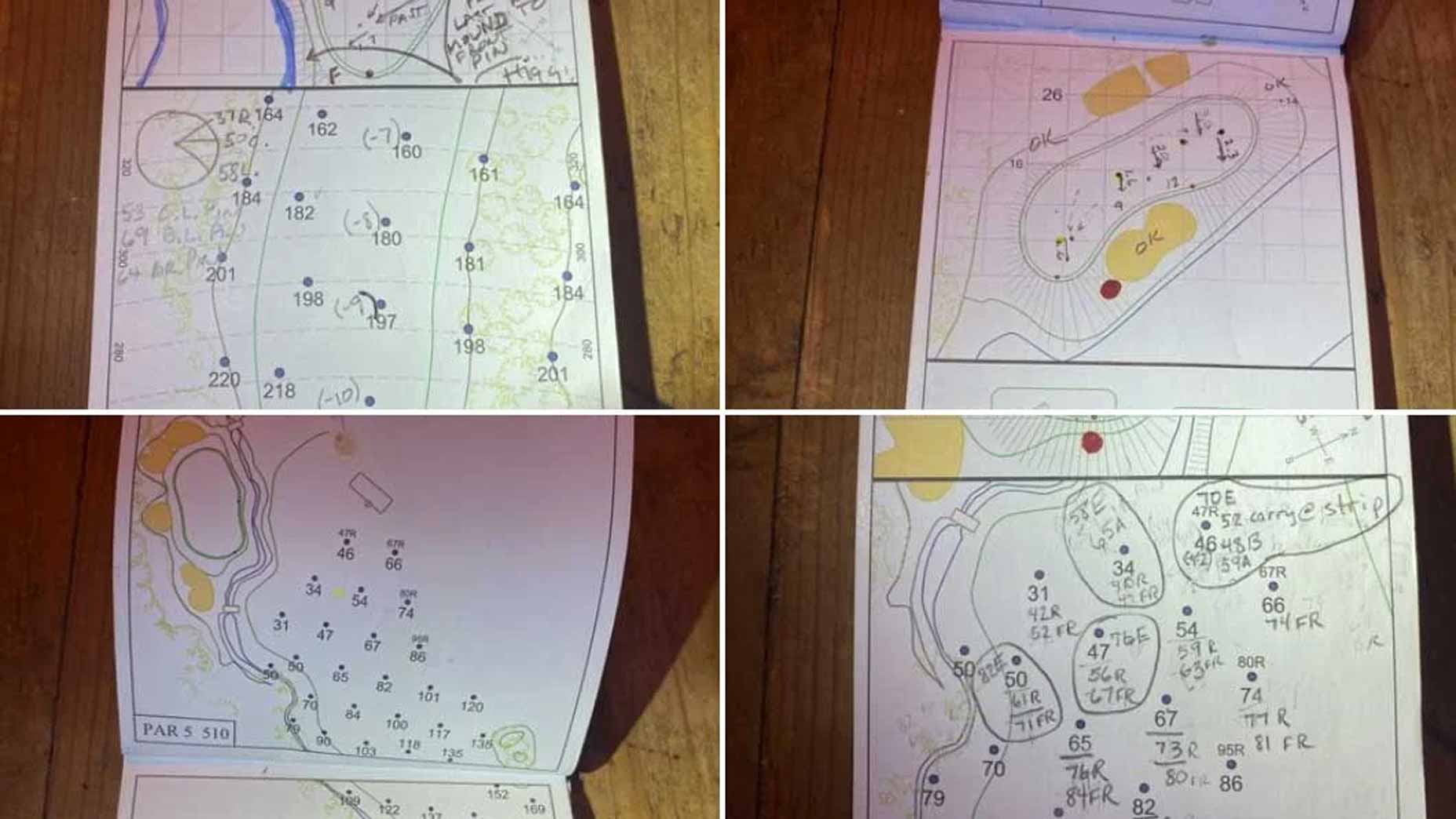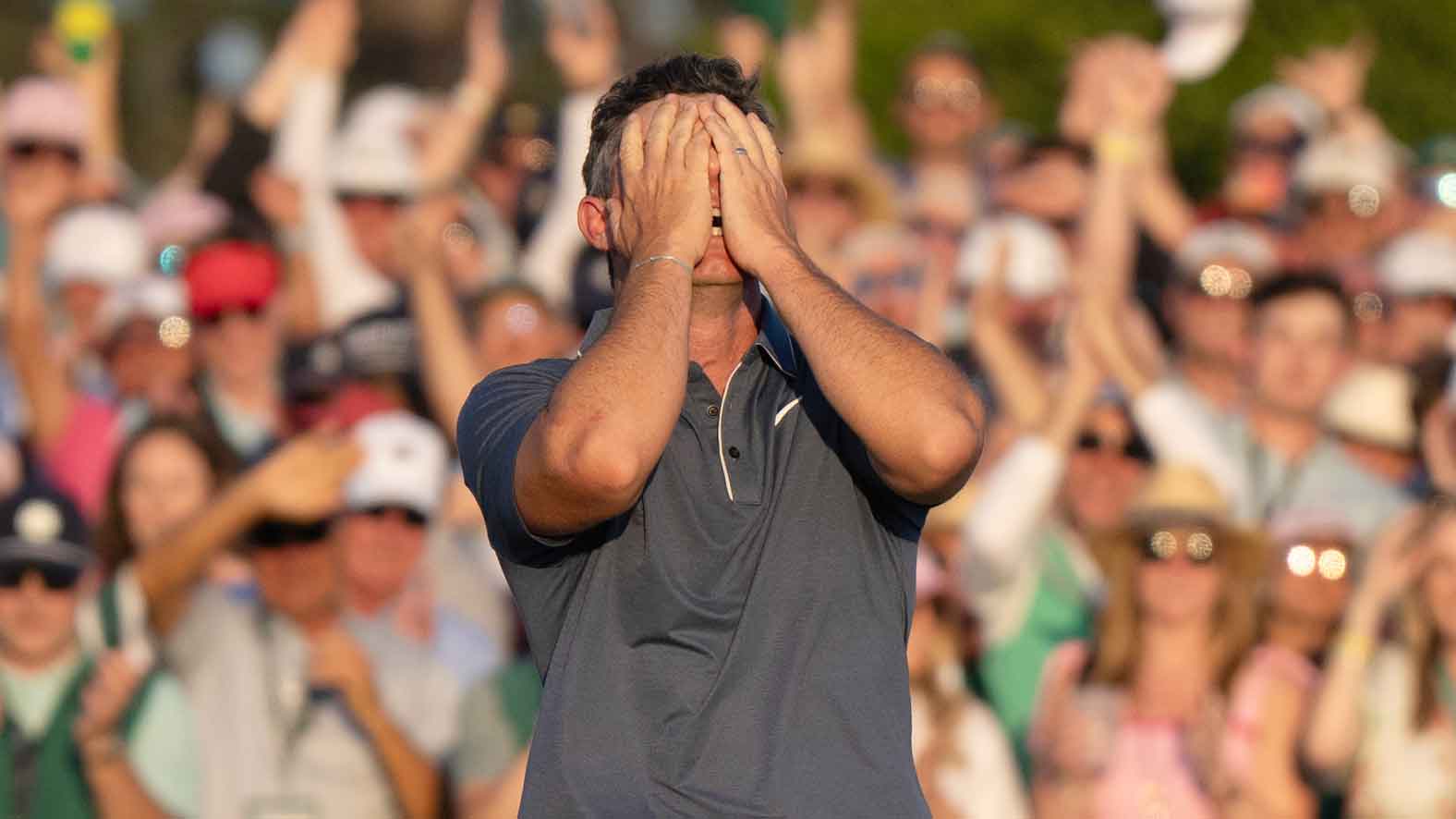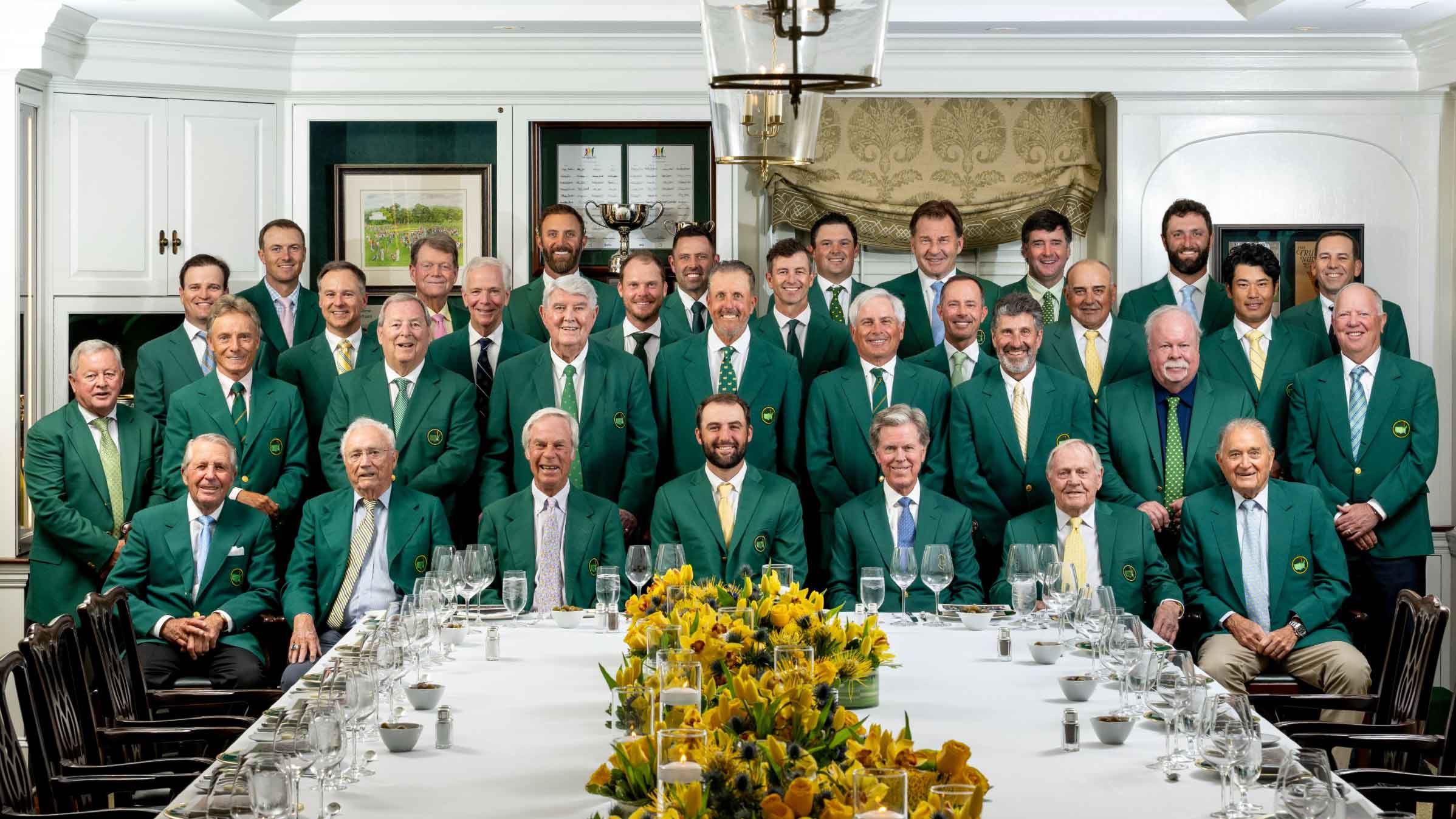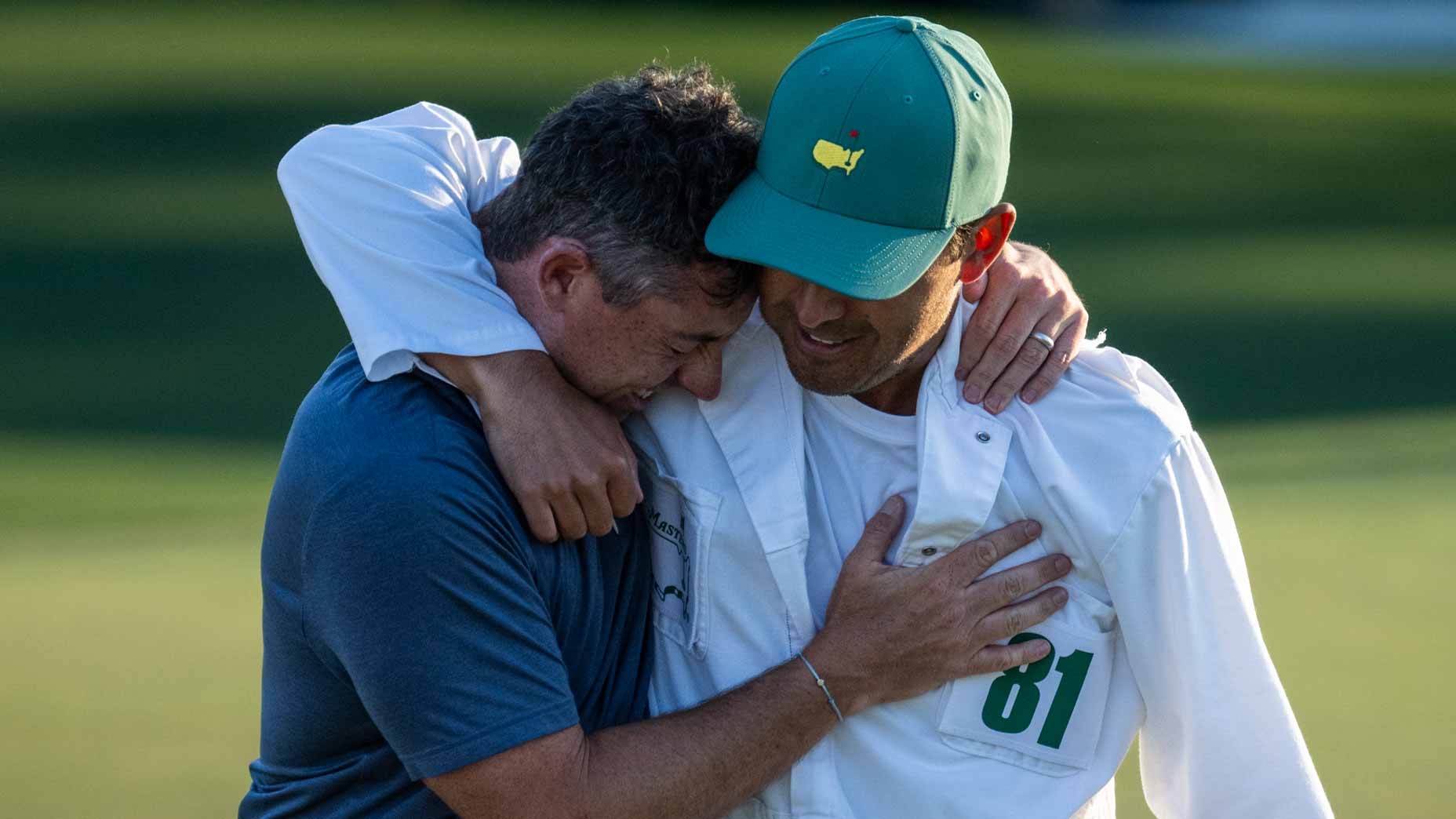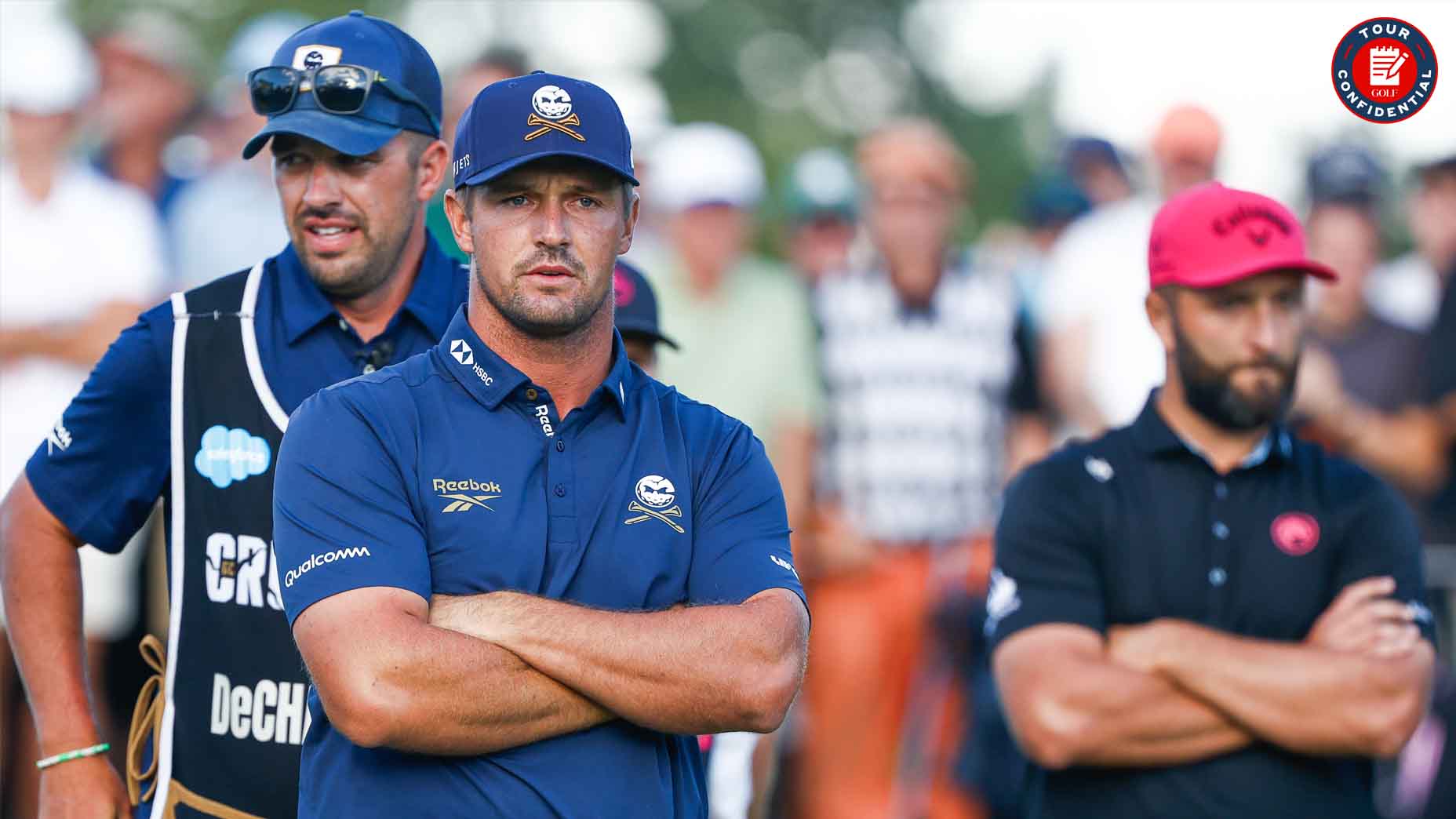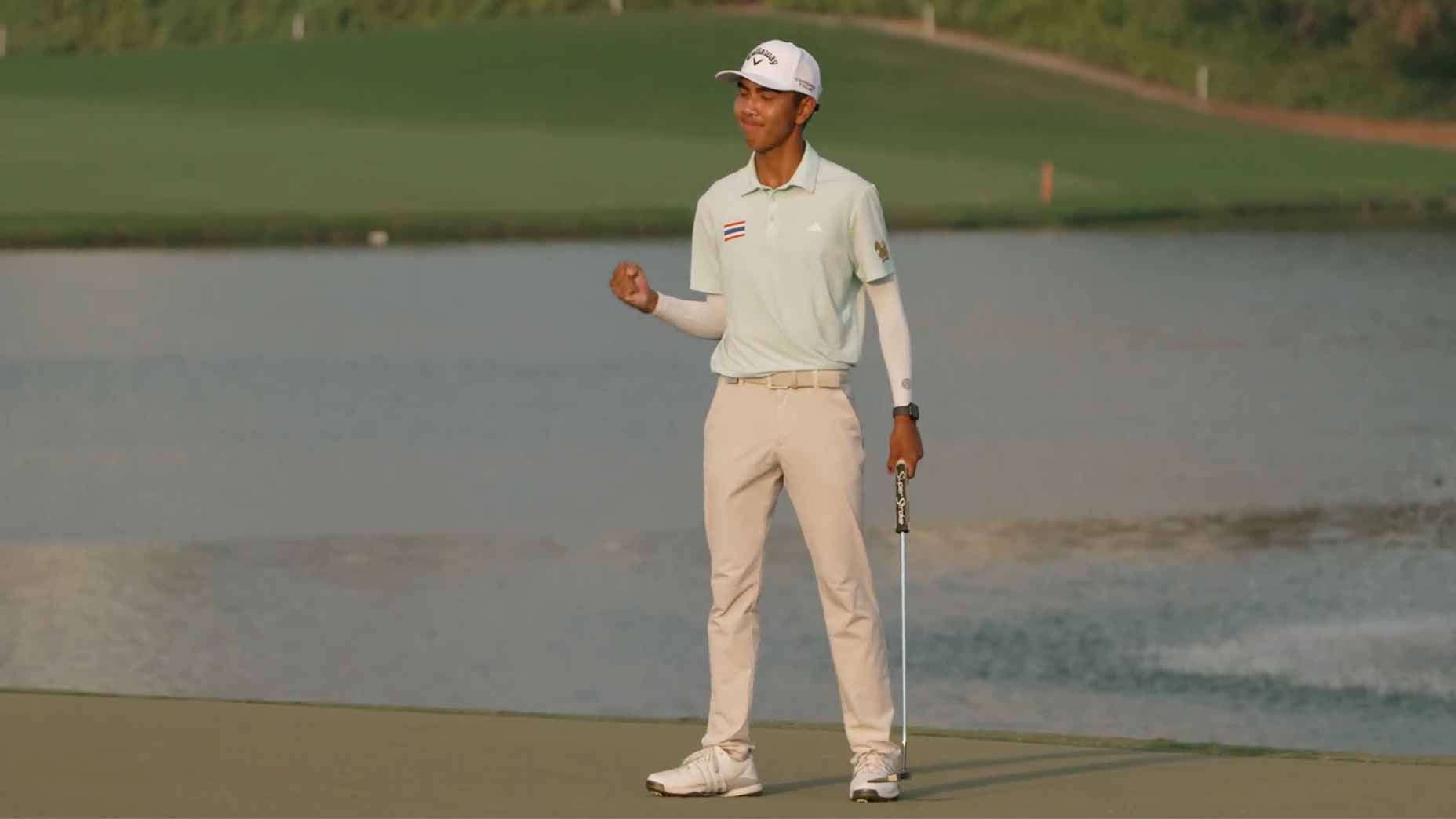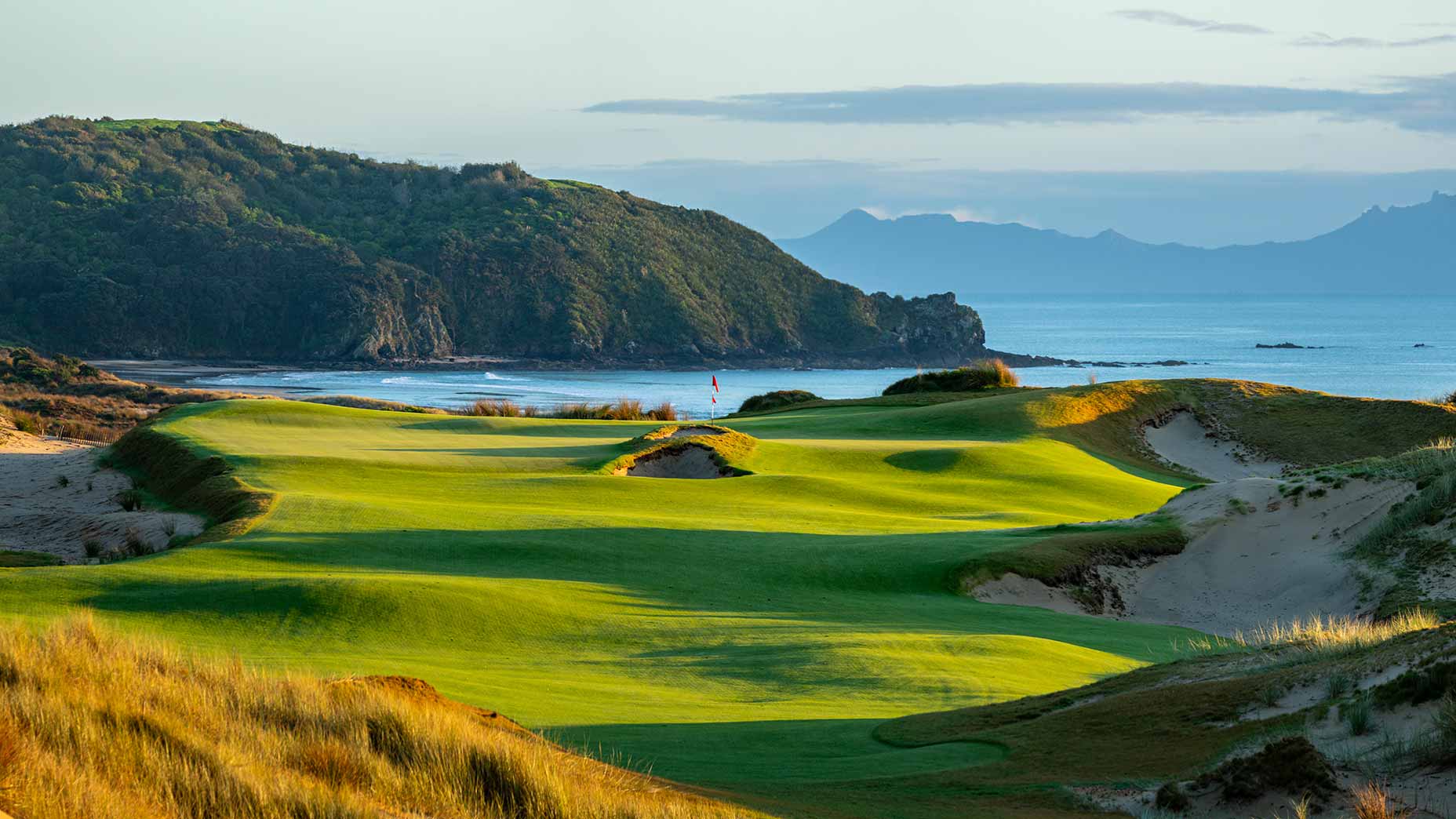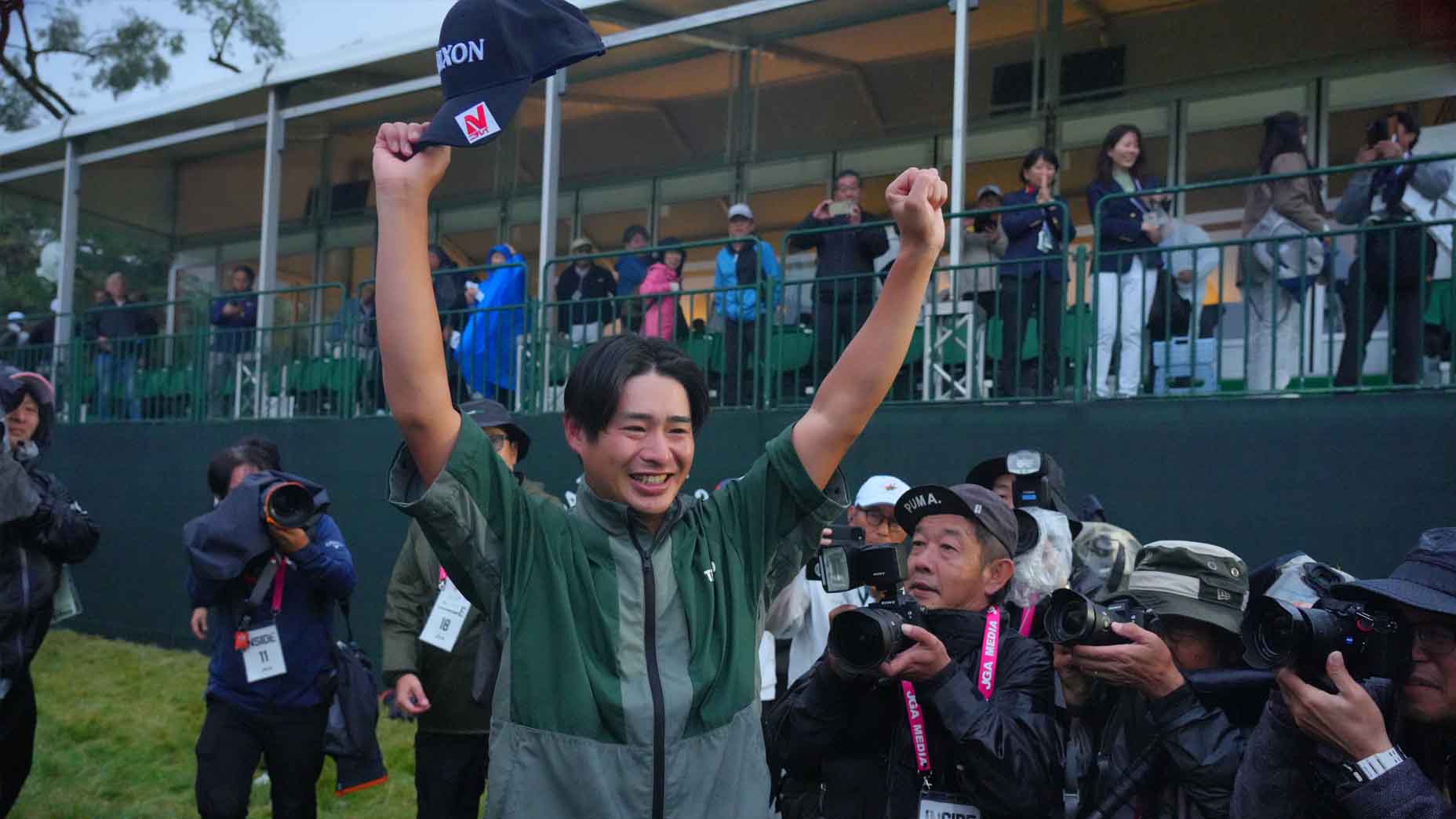Much of the talk early in the week at this 2021 Masters has been of the firm and fast conditions, which is a far cry from how Augusta National played during the cool, damp autumnal Masters five months ago. As the greens have crisped up this week, even in the last two days alone, their shade has morphed from green to, well, a less striking green with a purple-ish haze.
Kevin Kisner described the course as “spicy.” Fred Couples, a green coat winner in 1992, said that barring any heavy rainfall, the National has the potential to play “as difficult as the course has played in a long, long time.”
Phil Mickelson will be pleased.
‘Pretty spicy’: Masters competitors expecting brutal conditions at AugustaBy: Dylan Dethier
Mickelson has never been shy about opining about course setups, either through his words or his actions, and when he sat with the press Tuesday afternoon at Augusta National, he made it clear that he believed in recent years the greens at the Masters have been too receptive.
“I would say for the last decade, the greens here are in the top 25 percent of the softest we play on Tour, and the golf course’s only defense is the greens, right?” he said.
Top 25 percent! Mickelson is prone to hyperbole, so take that number as you will, but whatever the actual percentage, if Mickelson was setting up Augusta National for the Masters, safe to say he’d have the mower blades set low and the SubAir cranked to high.

Mickleson allowed that course setup is a difficult and delicate balancing act, “because you’re always trying to find a line and not cross it. … But I think with firm greens, this golf course needs to be respected, and I think it’s been a long time since it’s had to be respected.”
A really long time, in fact. Back at the 2013 Masters, Mickelson voiced the same sentiment about the putting surfaces, which are thought to roll between 12 and 15 feet on the Stimpmeter.
“These greens are softer than what we play week in and week out,” he said then. “They are slightly faster, but nothing scary like they used to be. Quite honestly, they have been softer the last five years than anything we play on Tour other than Pebble. The fear factor has not been there, and I don’t anticipate them going back to the way we expect.”
Caddie’s fascinating Augusta National yardage book spills Masters secretsBy: Alan Bastable
The first Masters outside of that five-year window takes us back to the 2007 edition, when Zach Johnson prevailed, in cold, windy conditions, with a score of one over.
Mickelson said firm greens are a necessity at Augusta because they force players to strategize. “When the greens are firm, the precision, the course management, the angles, where the ball is left, all of this stuff becomes incredibly important in your ability to play this course effectively,” he said Tuesday. “When the greens are soft, it’s irrelevant because you can fly the ball over all the trouble. Angles don’t matter. I plugged a 5-iron last year, or last November, into the 2nd green.
“The guys are so precise in their ability to fly the golf ball the correct yardage with every club that if you have soft receptive greens, it’s like having a military and then not giving them any weapons, right? It’s defenseless.”
As for this week? If the early reports are any indication, the course appears armed and ready for battle.
